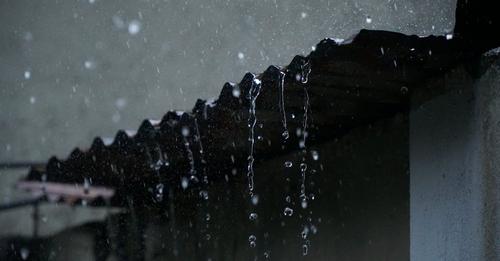Best of Johannesburg
How to Storm-Proof Your Jozi Roof Before the Summer Rains Hit

If you’ve lived through a Johannesburg summer, you know the drill. The day starts with blistering sunshine, and by late afternoon, the sky’s split wide open with rain, hail, and the kind of wind that sends plastic chairs tumbling down the street. The beauty of those summer storms hides a harder truth: your roof is taking a beating.
The good news is that most roof disasters can be avoided with a bit of foresight and seasonal upkeep, and in Jozi, timing really is everything.
Why winter work pays off in summer
Local roofing experts agree: winter is the ideal time for waterproofing. Johannesburg’s dry, steady winter weather allows acrylic or torch-on membranes to cure properly, forming a tight seal long before the first December thunderclap. When applied in humid, rainy conditions, these layers risk trapping moisture, the enemy of adhesion and longevity. If you waterproofed last winter, you’re ahead of the game. If not, book the work for the next dry spell.
Gutters: your roof’s first defence
Blocked gutters are one of the most common causes of leaks and water damage during summer rains. Debris from overhanging branches, wind-blown leaves, and even nesting birds can clog them, causing water to overflow onto walls and foundations. Make gutter cleaning a seasonal ritual, before and after the rainy season, and consider installing gutter guards to reduce blockages. While you’re up there, check that gutters slope correctly toward downspouts, and that downspouts direct water at least a metre away from your foundation.
Tree trimming isn’t just for looks
Jozi’s leafy suburbs make for beautiful streetscapes, but in storm season, those branches can be a hazard. Overhanging limbs can scrape tiles, dump wet leaves straight into gutters, or break off completely in strong winds. Trimming them back now reduces the risk of roof damage and keeps gutters clearer for longer.
Inspect early, inspect often
Before the storm season peaks, give your roof a once-over. Look for cracked or missing tiles, loose flashing, rust spots, or sagging gutters. Pay special attention to vulnerable points like chimneys, skylights, and parapet walls; these are common entry points for water. Inside your home, check your ceilings and attic for damp spots, mould, or musty smells that could signal a hidden leak.
A small repair now is far cheaper than an emergency call-out mid-storm, especially given that roofers are in high demand during heavy rain periods. In fact, winter and early spring are quieter months for contractors, meaning faster service and sometimes better rates.
Local lessons from a wet year
The devastating June 2025 floods in the Eastern Cape were a wake-up call for homeowners nationwide. While Joburg was spared the worst, the images of submerged homes and collapsed roofs made it clear: severe weather events are becoming more frequent, and preparation is no longer optional. Even if you’re inland, a single clogged gutter or loose tile can turn a summer storm into a costly insurance claim.
Five steps to a storm-ready roof
-
Clean and inspect gutters and downspouts.
-
Trim overhanging branches.
-
Repair or replace damaged roof sections.
-
Waterproof high-risk areas like flashings and parapets during dry conditions.
-
Check your attic or ceiling for signs of leaks.
The trick is consistency. Roof care isn’t just a “fix it when it’s broken” job; it’s an all-year commitment that pays off every summer. In Jozi, that commitment means stepping outside before the rain starts, looking up, and knowing your roof is ready for whatever the skies bring.
Also read: How to Protect Your Car from Hail Damage; Even Without a Garage (2025 SA)
Follow Joburg ETC on Facebook, Twitter, TikTok and Instagram
For more News in Johannesburg, visit joburgetc.com
Featured Image: Pexels



























